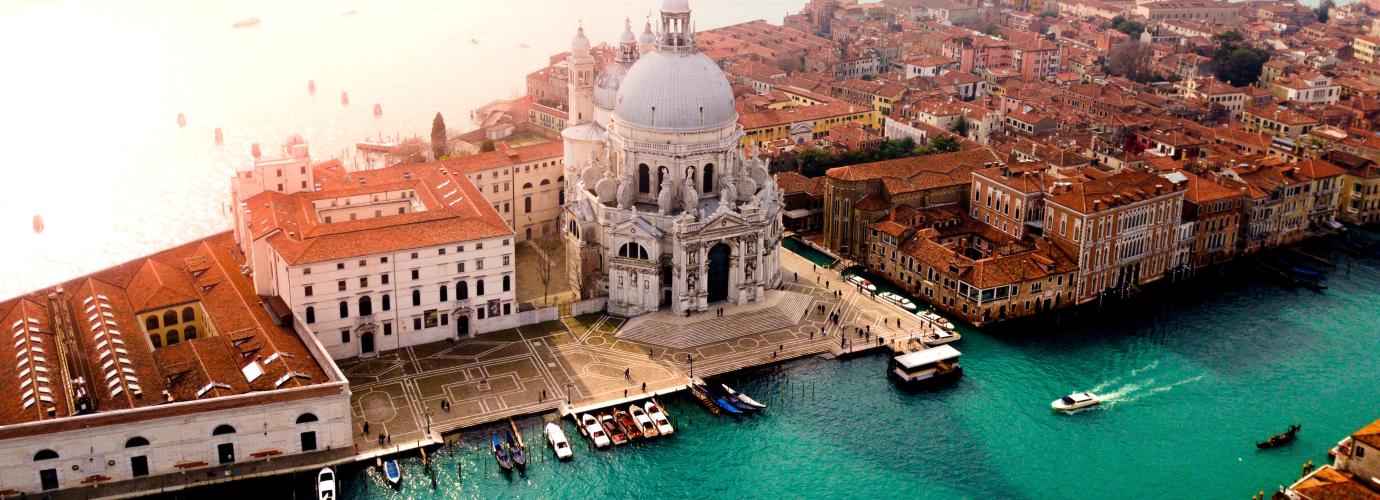The Italian state, as a national state, was founded as a monarchy in 1861. Since its formation, the order of the Italian state has been inspired by liberal-democratic principles; however, from 1922 to 1945, it turned into a dictatorial regime (fascism) that ended with the end of the Second World War.
In 1946, in a popular referendum in which women also voted for the first time, Italians chose the republican form. The new Constitution of the Italian Republic came into force on 1 January 1948. The 1948 Constitution has a strong focus on social-ethical and economic relations. Over the last twenty years, the Constitution has been subject to changes aimed at recognising greater powers for central and peripheral governments and reforming the system of local autonomies.
Italy was among the founding countries, in 1951, of the ECSC (European Coal and Steel Community), in 1957 of the EEC (European Economic Community), in 1991 of the European Union and among the first countries to join the single European currency (EURO).
Contents revised: 7 March 2023

